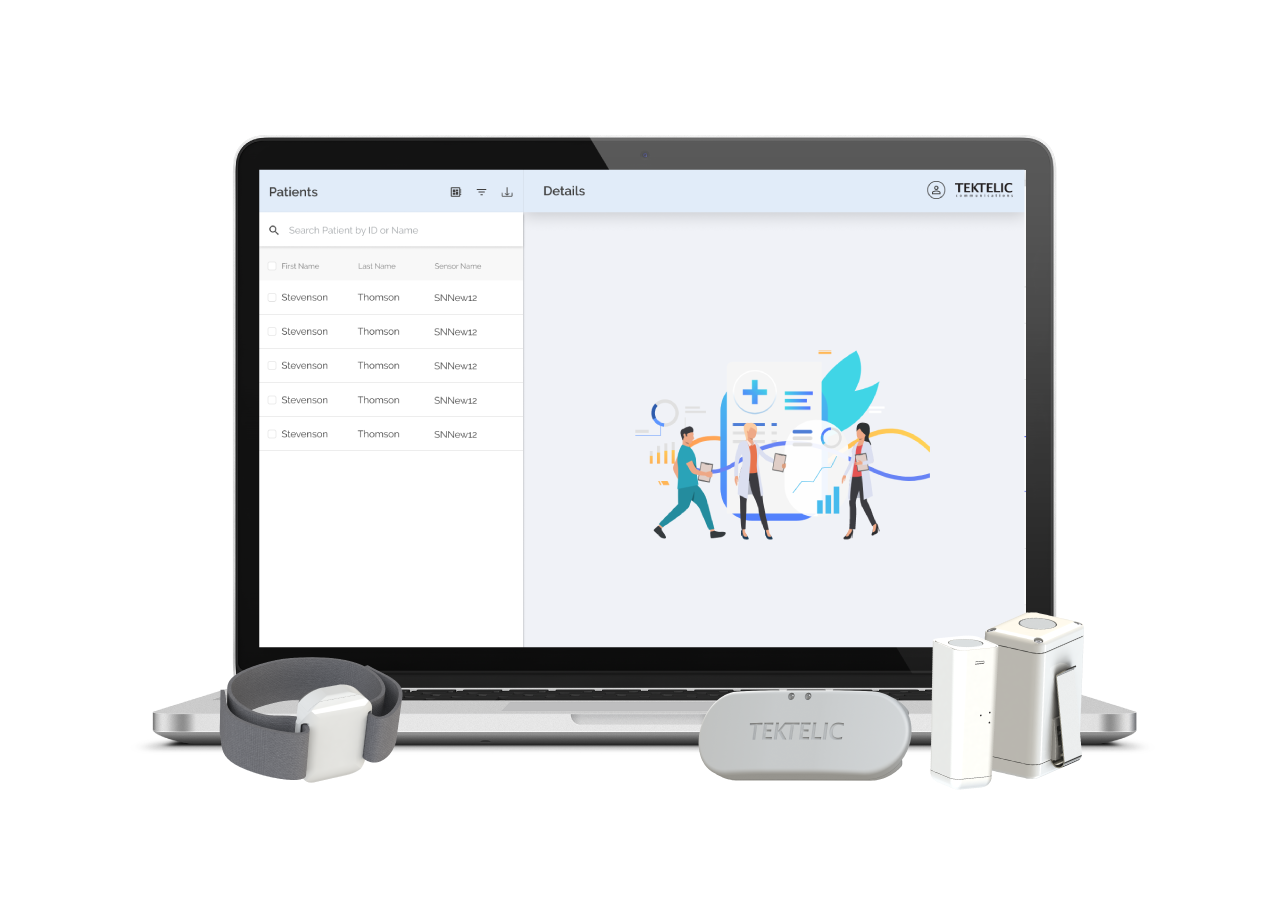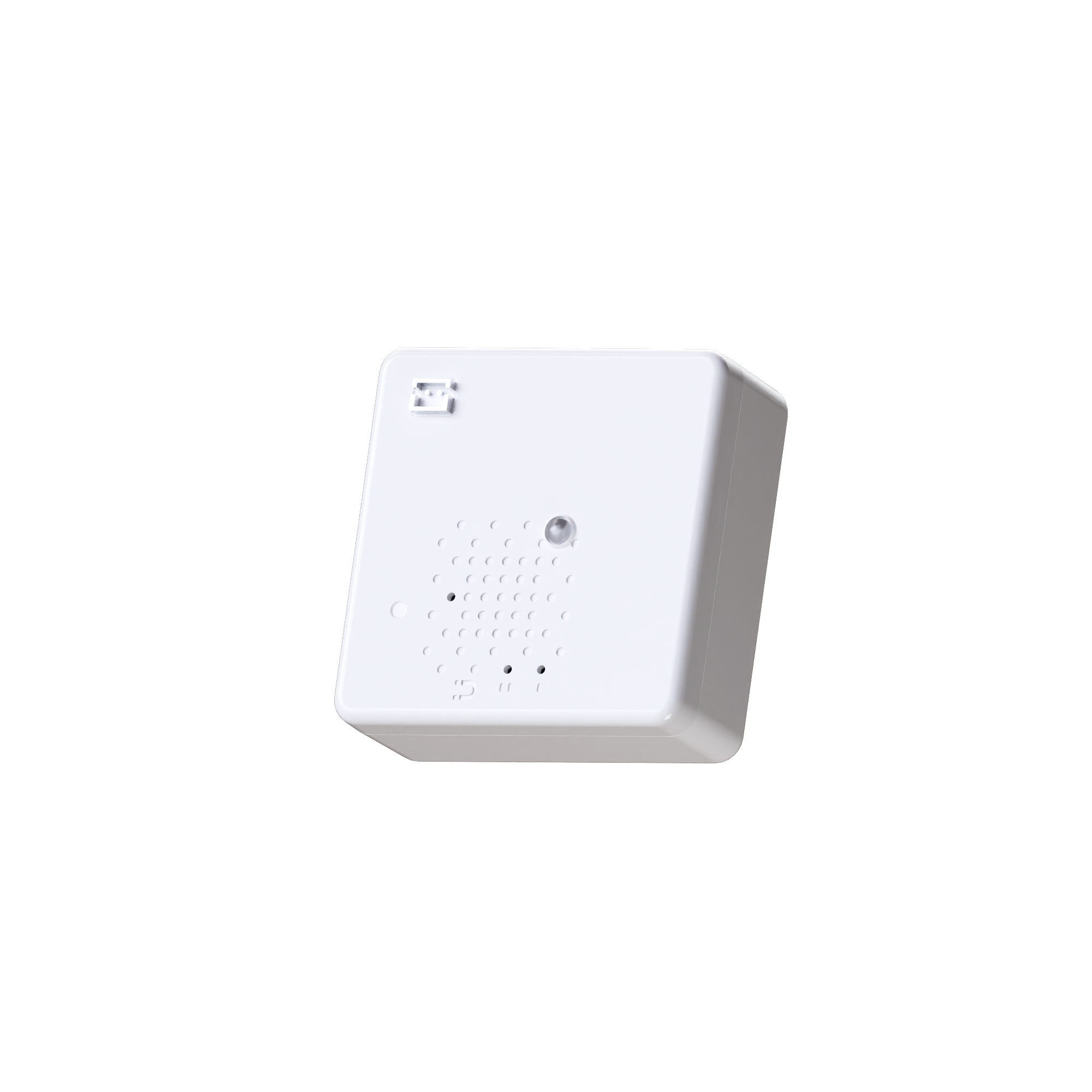Works Best for
A wireless respiratory monitoring solution offering caregivers crucial insights into vital signs. Designed for extended battery life, enabling uninterrupted monitoring without wires.
key verticals
Bridging Health and Connectivity
Experience the future of healthcare with TEKTELIC eDOCTOR, a revolutionary device connecting patients and practitioners for personalized remote health monitoring and management.

Why Choose
TEKTELIC Devices
TEKTELIC offers top-of-the-line LoRaWAN® gateways, sensors, and custom applications. These products, when combined, create a robust end-to-end solution that can be deployed efficiently and cost-effectively to tackle even the most complex IoT challenges.
01
01













